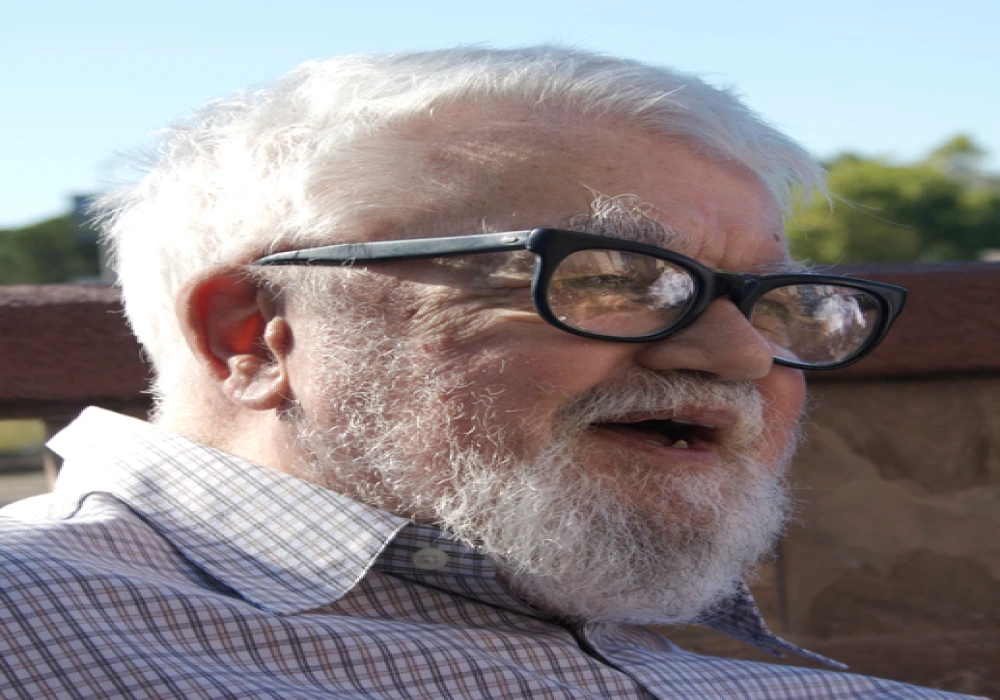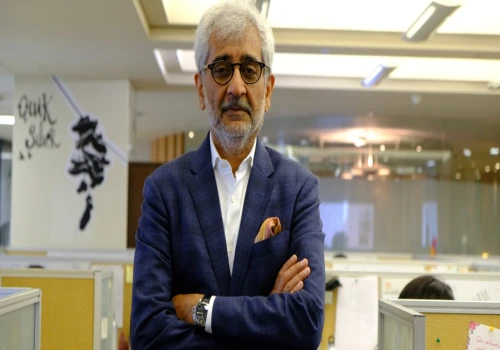
John McCarthy was born on September 4, 1927, and is known as the person who first used the term "Artificial Intelligence" in 1955. He and his colleagues proposed the idea for the famous Dartmouth Conference, which took place the following year and is considered the event that started the study of AI. This conference brought together important scientists who would help develop AI for many years.
A Pioneer in AI and Computer Science
John McCarthy was more than just a computer scientist; he was also an expert in how people think. He made many important contributions to technology, especially in AI, which he described as "the science and engineering of creating intelligent machines."
The Creation of Lisp Programming Language
One of his key achievements was creating a programming language called Lisp in 1958. Lisp was the second high-level programming language ever made, after Fortran. Lisp played a big role in robotics, scientific projects, and internet services like detecting credit card fraud and organizing flight schedules.
Symbolic Expressions and Early AI Applications
Lisp used a new idea, where computers worked with symbols instead of just numbers. This helped the AI field grow quickly and was popular with early programmers, who even used it to make old IBM computers play chess.
Visionary Idea of Time-Sharing and Cloud Computing
McCarthy’s other major idea was "time-sharing," where many people could use a single computer at the same time. In 1960, he predicted that computers could one day be used like public utilities, such as electricity or the telephone system. This idea is similar to the internet and cloud computing that we use today.
Overcoming Childhood Challenges and Academic Journey
McCarthy was born in Boston to parents who were labor union organizers. His family faced tough times during the Great Depression and moved to Los Angeles in hopes of improving his father’s health. Despite being sick as a child, McCarthy taught himself mathematics and went on to attend the California Institute of Technology, graduating in 1948.
The Spark That Led to AI Research
A meeting about brain function sparked his interest in making machines that think like humans. He earned his PhD in mathematics from Princeton in 1951. Later, he worked at prestigious institutions like Princeton, Dartmouth, MIT, and Stanford.
Co-founding AI Lab and Contributions at MIT and Stanford
In 1956, McCarthy co-founded the AI lab at MIT with Marvin Minsky. By 1962, McCarthy became a full professor at Stanford, where he started the Stanford AI Laboratory (SAIL). He worked on many AI projects, including early versions of self-driving cars and studies on how machines could understand human decision-making.
Achievements in Computer Chess and Early E-commerce
McCarthy also became known for organizing a computer chess match against Russian players in 1966, which was a big deal at the time. He even predicted online shopping when he presented a paper about buying and selling through computers in the 1970s.
Playful Inventions: The Creation of Elephant Language
In the 1970s, McCarthy also worked on a computer language called Elephant, which he designed to "never forget," reflecting his playful approach to technology.
Dedication to AI and Unfulfilled Dreams
John McCarthy was a man dedicated to his work. He continued writing and teaching after his retirement from Stanford in 1994. Although he dreamed of creating a computer that could pass the Turing test (a test to see if a machine could think like a human), this goal was never fully achieved in his lifetime.
Legacy and Influence
He passed away in 2011, but his ideas and contributions to AI continue to influence the world of technology today.










